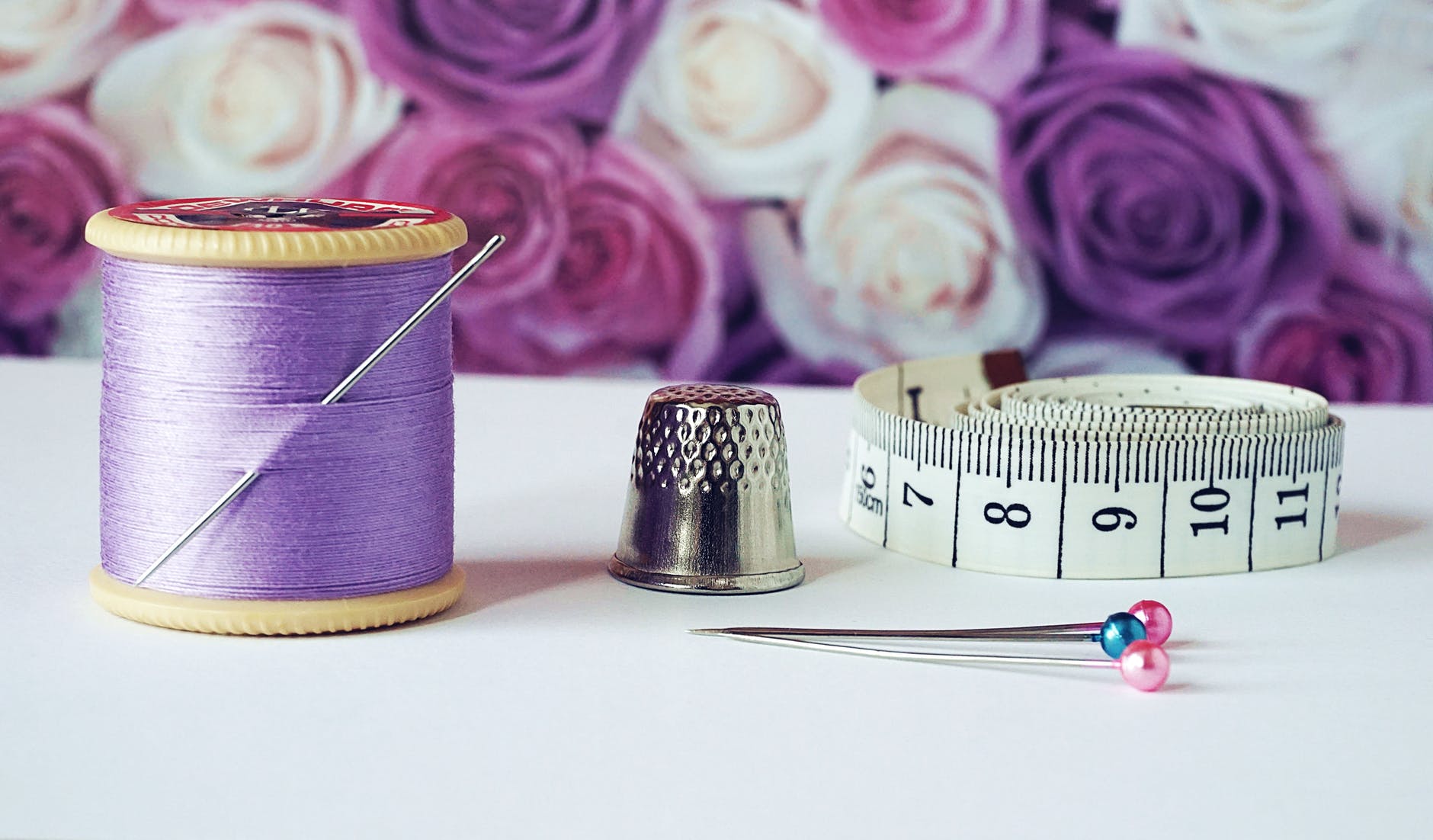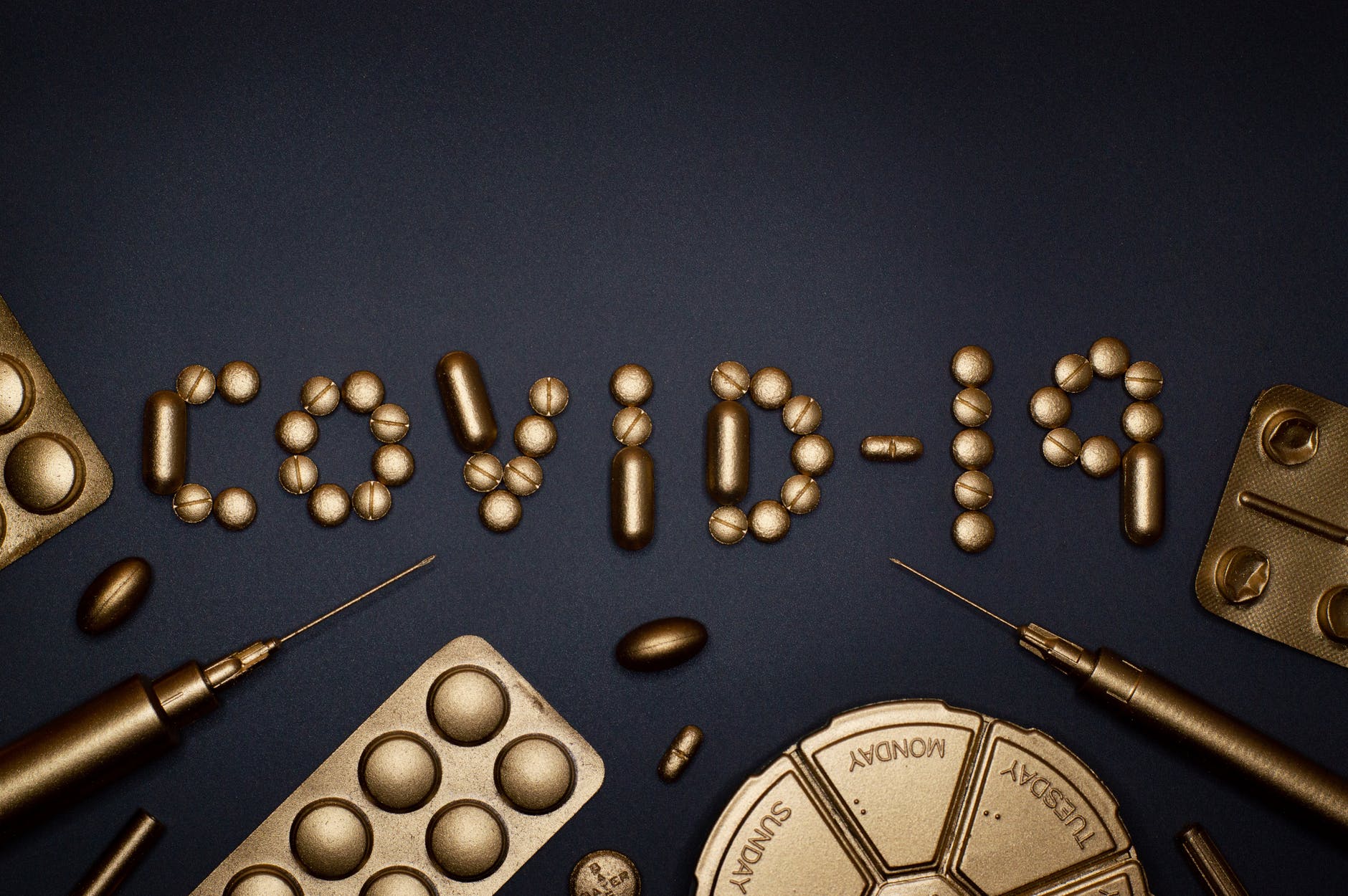When I joined high school, I knew that sciences were not my strength. In form two, I gave up Physics because Mr. G.G (May he rest in peace) talked about Vanier callipers to measure the circumference of a string. Measure the circumference of a string? You must be kidding me! Why in God’s blue skies would I want to do that? Brian, the class’ genius was excited. That is how I knew I was never going to be an A student.
What I had not counted on, nonetheless, was that my love for arts would someday walk down the aisle and be married to science in the form of nursing bliss. This marriage leads me to venture into new forests. Like the one I am about to take you through. The world of vaccines.
With regards to Covid-19 vaccination, there are a lot of sources that are offering conflicting information. It is interesting to see that the same people that have been making wearing of masks and keeping physical distance a political statement are the same asking us not to get vaccinated.
Now, whether one chooses to get vaccinated or not is an entirely different topic. I choose to leave it at your personal discretion. In this blog post however, I will take you through vaccines and hope that you will be less in the dark about where they come from or how they work. My sources are the World Health Organization, Centres for Disease Control and Prevention as well as various academic journals.

BACKGROUND
Bacteria and viruses are living things. They have their own way of life and survival tactics. Vaccines are meant to give the body a chance to develop antibodies against a particular microorganism. They will not give you the disease they are meant to protect you against. For example, we have innumerable bacteria and viruses in the world today. Vaccines are meant to work against these. One vaccine is meant for specific bacteria or virus. For example, the Hepatitis B vaccine helps to form antibodies against Hepatitis B virus. It cannot work against the Covid-19 virus even though both are viruses.
When they are being manufactured, vaccines rely on any of the following things.
- The whole bacterium or virus structure
- Part of it
- Its genetic material
WHOLE VIRUS/BACTERIA APPROACH
This simply means that scientists are looking at the microorganism as a whole. We have a few techniques that help us to form these vaccines.
Inactivated vaccines: Experts take the disease-carrying virus or a very similar one and kill it or make it inactive by using special chemicals or heat or other methods. They then make them in a way that they can be delivered to the human body. A good example is the polio vaccine.
Live attenuated: Here, the experts will use a living but weakened version of the virus or one that is very similar to that virus. They then combine it with other materials to ensure that it is safely delivered to the body. A good example is the measles, mumps and rubella virus. I know I said that one vaccine targets a specific virus or bacteria. However, scientists are able to safely combine some of these vaccines. The Measles, Mumps and Rubella virus is indeed a combination of three.
Viral vector virus: this is a classic example of the Covishield vaccine that is currently being used in Kenya. Another example is the Ebola vaccine. This one uses a safe virus to deliver specific parts of the virus in question, for example protein parts, of the Covid-19 virus, to the body. These parts of the virus will cause an immune reaction in the body without causing the disease. These safe viruses are extracted from animals that have close genetic semblance to human beings. A good example is Chimpanzees. This safe virus will act as a vehicle to drive the proteins to the human body. It is this vehicle that we are calling a vector.
SUB-UNIT APPROACH OR PART OF IT APPROACH
This technique looks at just specific parts of the virus or bacteria. These parts can be the proteins we have mentioned or sugars. Some viruses and bacteria have sugars in their structure just like they have proteins.
For an immune response to occur, the body will need to react to these proteins or sugars. They do not need a vehicle to transport them to the human body. Good examples are the pneumococcal vaccine (PCV) and the Tetanus vaccine.

GENETIC APPROACH
This design looks at the genetic material of the virus. See, just like in humans, bacteria and virus have genetic material. They need to be able to form little babies of themselves. This genetic material provides instructions for specific proteins, not the whole bacteria or virus.
Let us think about a Covid-19 virus. It has a protein on its surface. It is called a Spike protein. For this virus to continue multiplying, it needs the genetic material that will keep helping new viruses to form the Spike protein. The genetic material we are talking about is DNA and RNA. Never mind the arduous full meaning of these abbreviations. What you need to understand is that DNA and RNA are the blueprint that the virus will use to form specific proteins.
A virus made from this technology will deliver specific set of instructions to our own cells. Our cells will then start making the specific protein that look like the protein of the virus in question. This way, our immune system recognises this newly formed protein as a stranger and forms antibodies to attack it. These vaccines do not use any part of the virus in question.
Our immune systems are brilliant and have an amazing memory. If we will get exposed to Covid-19 in future, the body will respond by saying ‘I am ready for you!’ I particularly get fascinated by these vaccines because they make the body its own factory of viruses.
It is a complex procedure that scientists have experimented with over the years. Success has come in the form of the Pfizer and the Moderna Covid-19 vaccines. That is not even the story. The story is that I am tastefully curious as to what this will mean for viruses like the HPV virus that cause cervical cancer. I really am excited for the future of medicine and nursing.
My role in public health education is less horrible than it was before you read this piece. See you on Wednesday right here.

Very informative, thank you